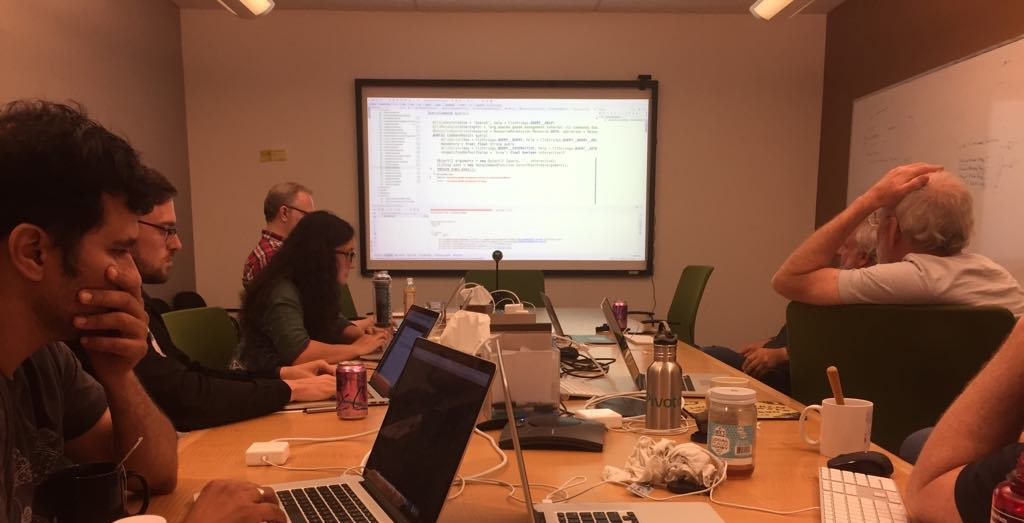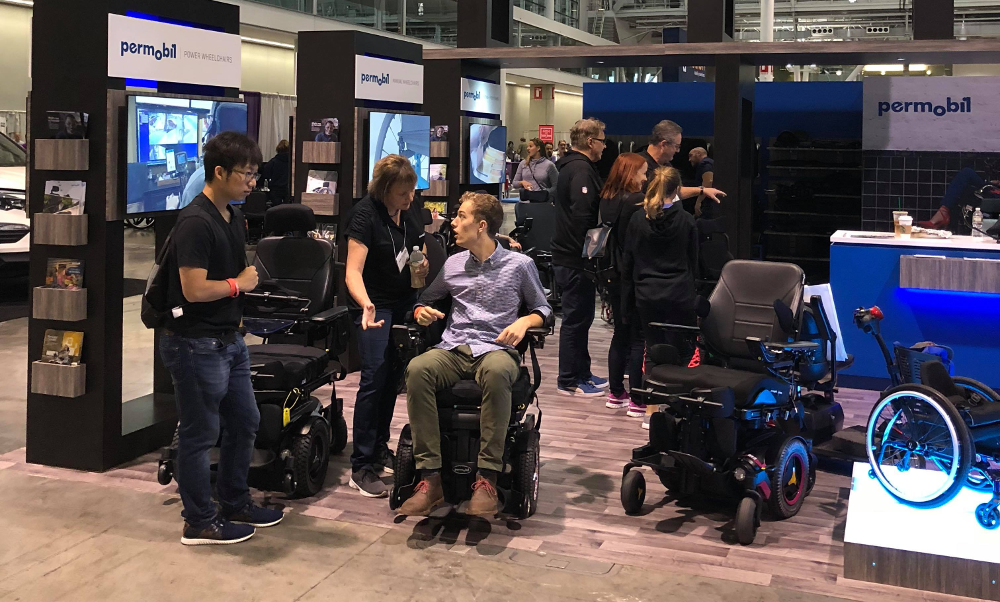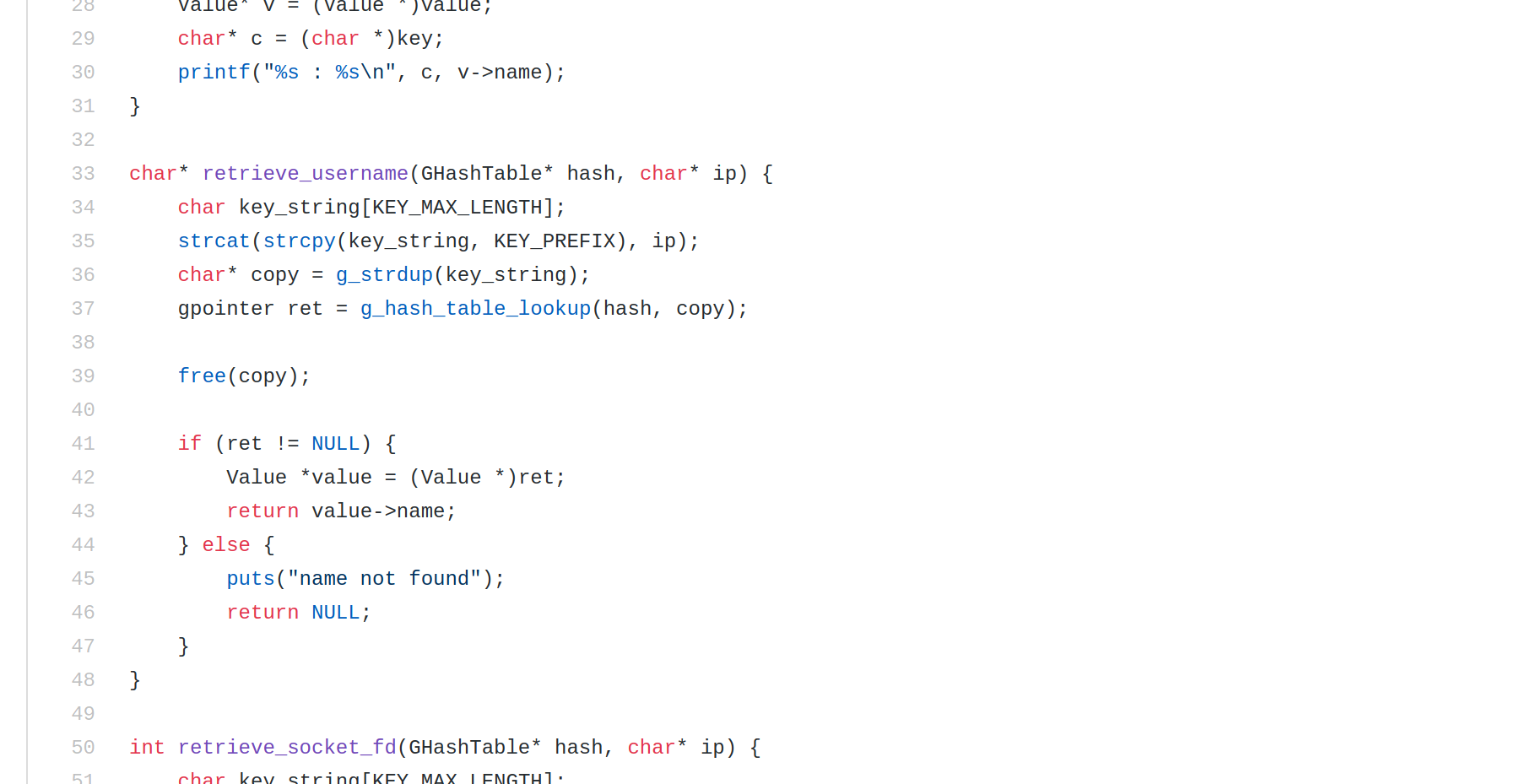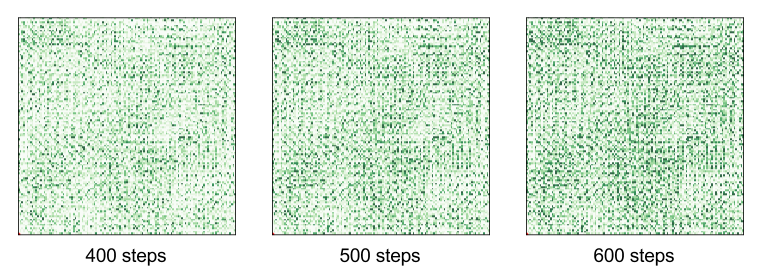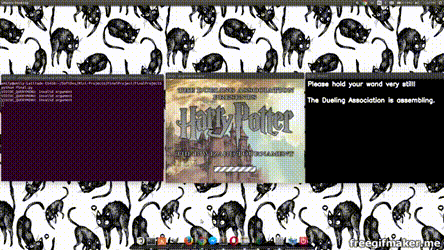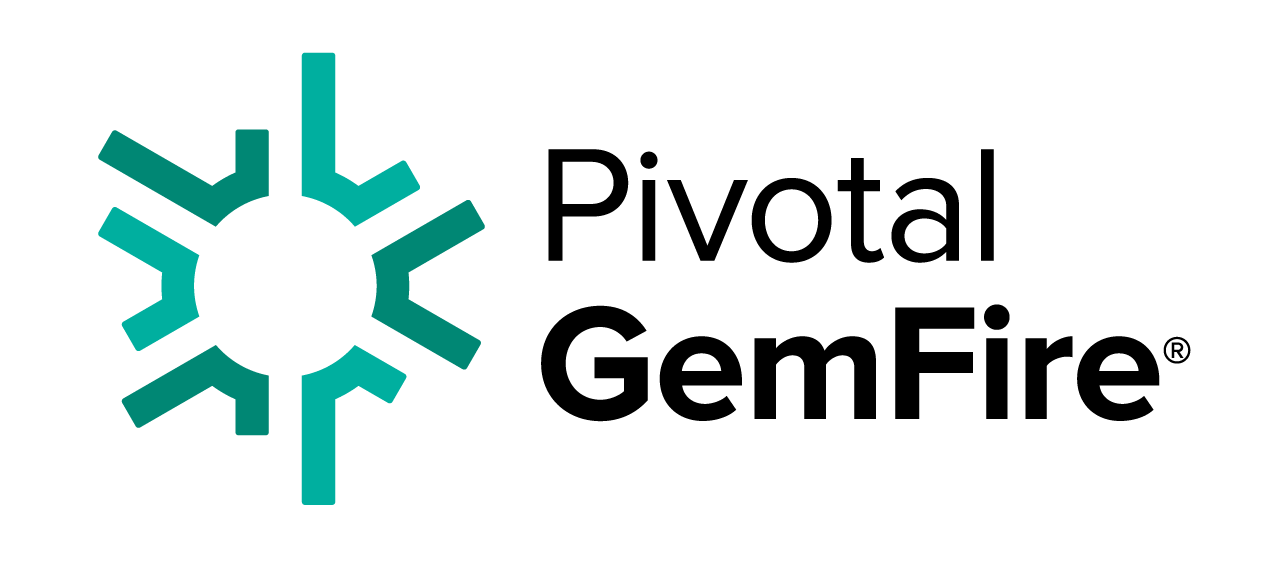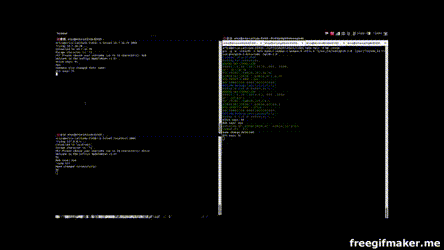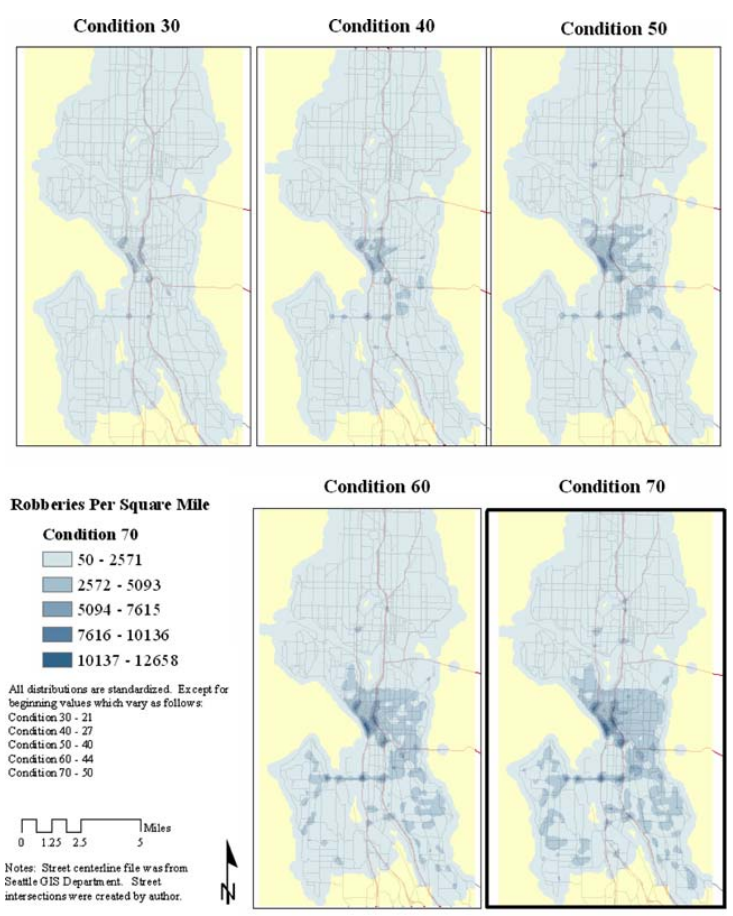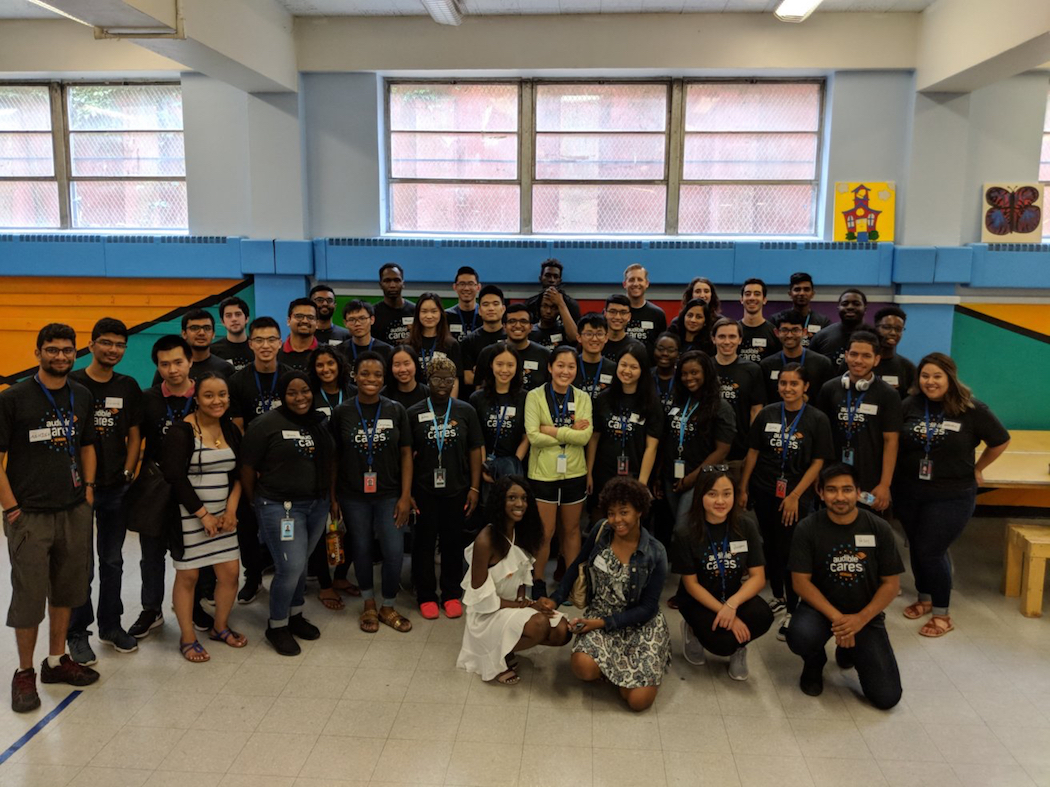
Interning at Audible
Audible is a subsidiary of Amazon that sells and produces spoken audio entertainment, information, and educational programming. Audible sells digital audiobooks, radio, and TV programs, and audio versions of magazines and newspapers. Audible has also become the world's largest producer of downloadable audiobooks. Audible is the United States' largest audio book producer and retailer.
During the summer of 2018, I worked at Audible as an intern on the Romance team in Newark, NJ. The Romance team works on features for the Audible Romance package, which is a type of subscription to which Audible customers may sign up for a fixed monthly price. Once subscribed, Audible Romance customers have access to all Audible Romance books and can check out as many as they would like at no additional cost, for up to 10 books at a time. As an intern on this team, I became familiar with a wide variety of Amazon's internal tools and developed a new feature from backend to frontend. The feature that I worked on for my internship project was an indicator that would show Audible Romance customers the date on which they returned a book; this was something that customers had been requesting for a while; since subscribing to Audible Romance allows them to check out and return as many books as they like, the most avid readers often forget which books they have already read. Customers suggested that being able to see when they most recently returned a book would help them remember whether they had checked out the book before and jog their memory regarding how much of the book they had read.
My project touched upon databases, user experience design, and numerous Amazon internal services. I worked with several other teams and senior software developers, gaining valuable communication skills and becoming familiar with professional coding practices. With the help of my mentor and my team, I surmounted and learned strategies for dealing with technical challenges, such as working with a large and live codebase (in which packages are constantly altered or even deprecated). One neat programming practice that I learned about was automatic code generation; through my internship, I learned how to generate and use Java Service Pages, which in turn generated full webpages, as well as how to use automatic programming to generate service packages. Towards the end of my internship, as I was finishing up my project, I deployed my feature to a test environment and learned how to measure and mitigate the impact that my changes would have on the efficiency of the official Audible website.
